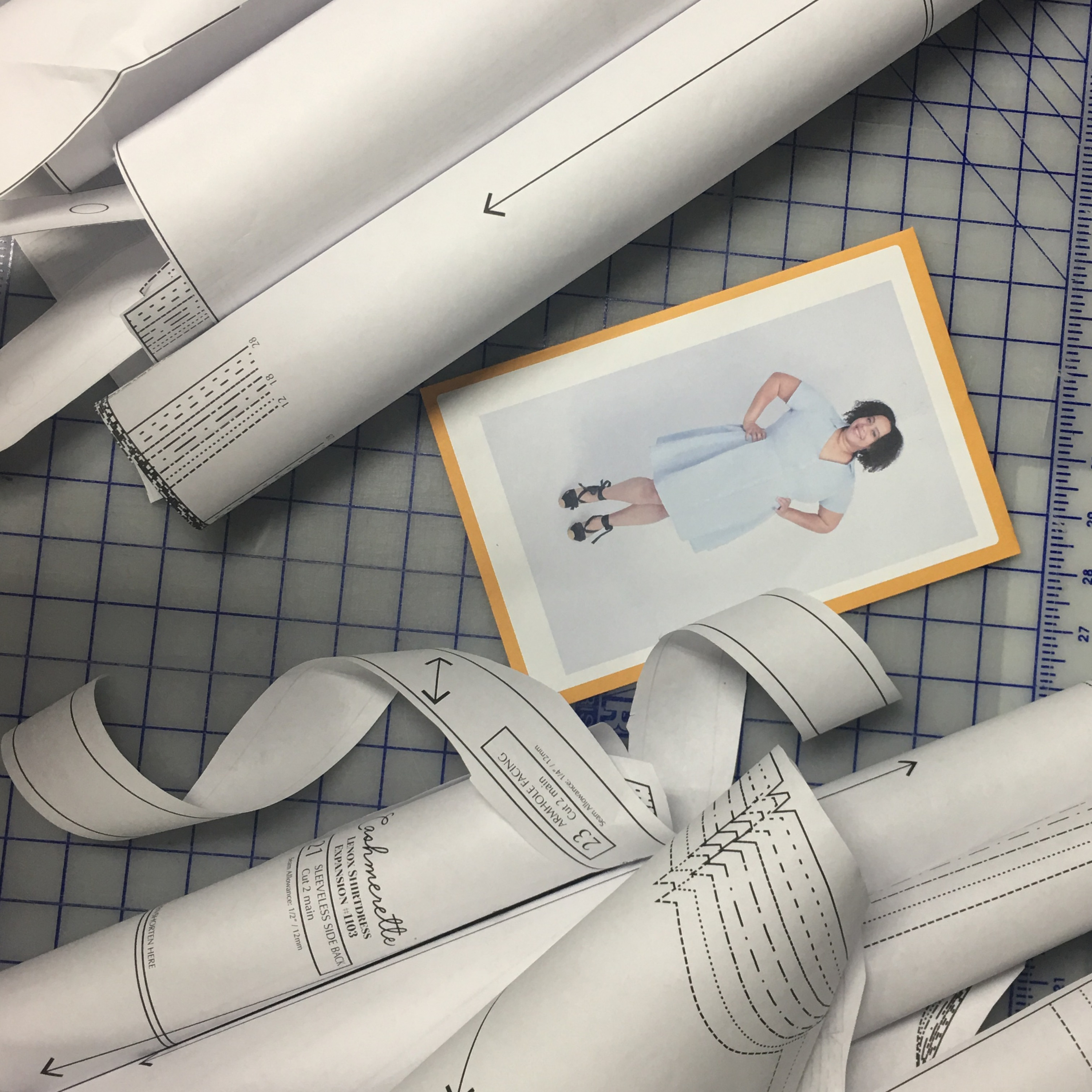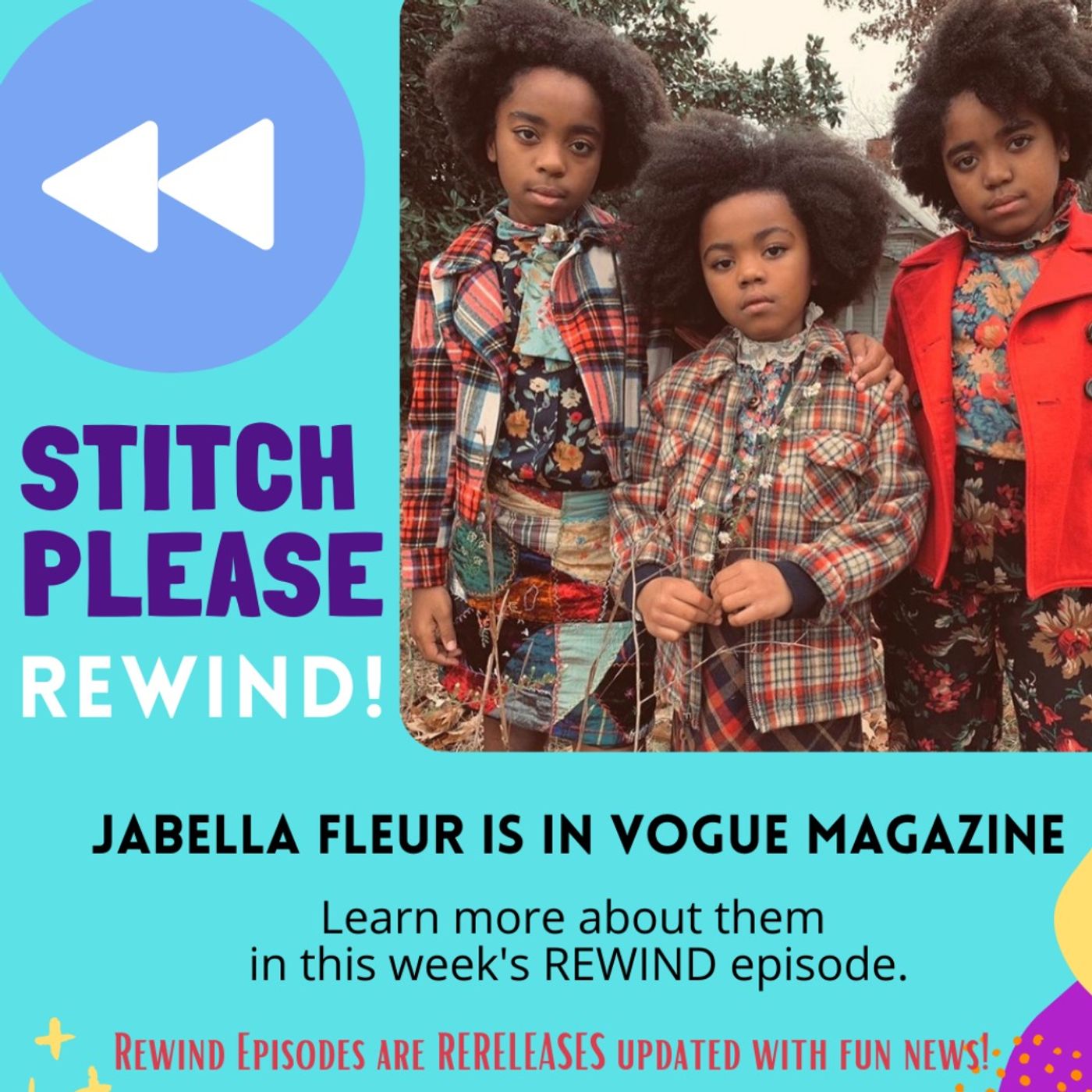Support Black Women Stitch
Mentioned in Today's episode
Pattern Weights by Thanks I Made Them: https://www.etsy.com/shop/ThanksImadeThem
Seams Like Sierra: https://seamslikesierra.com/blog-posts/
Cashmerette Lenox Shirtdress: https://www.cashmerette.com/products/lenox-shirtdress-pdf-pattern
PDF Plotting: https://www.pdfplotting.com/product/bw-pattern-printing/
Products available on Amazon (a small percentage goes to Black Women Stitch)
Iron Cleaner https://amzn.to/2QhjbZC
Heat and Bond Lite [https://amzn.to/2OakvLe]
(https://amzn.to/2OakvLe)
Teflon pressing sheet https://amzn.to/2QkX98p
Parchment Paper [https://amzn.to/2LZ53ie] (https://amzn.to/2LZ53ie)
Steam a Seam https://amzn.to/2M7tgCW
Sign up for the Black Women Stitch quarterly newsletter
Check out our merch here
Leave a BACKSTITCH message and tell us about your favorite episode.
Join the Black Women Stitch Patreon
Check out our Amazon Store
Stay Connected:
YouTube: Black Women Stitch
Instagram: Black Women Stitch
Facebook: Stitch Please Podcast




